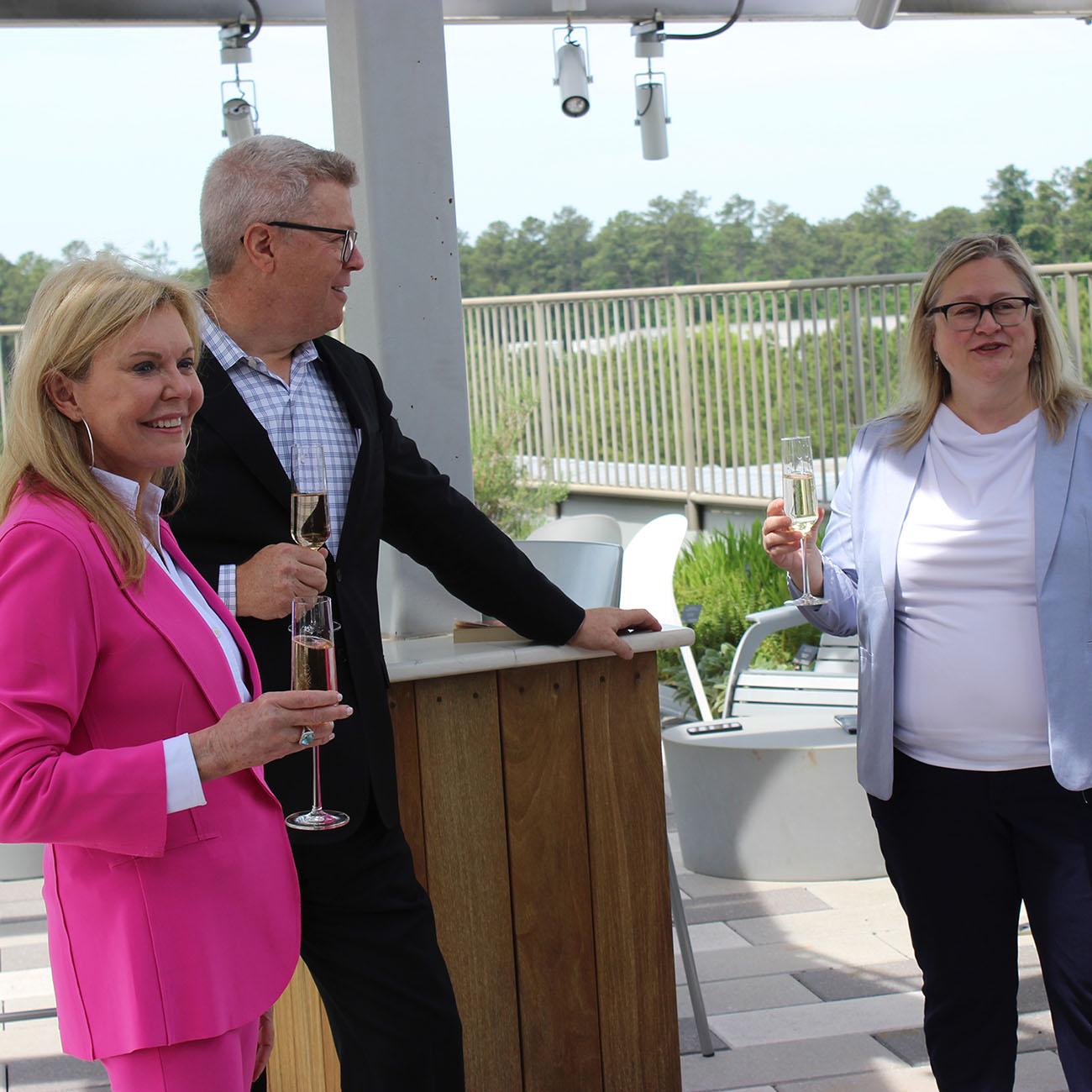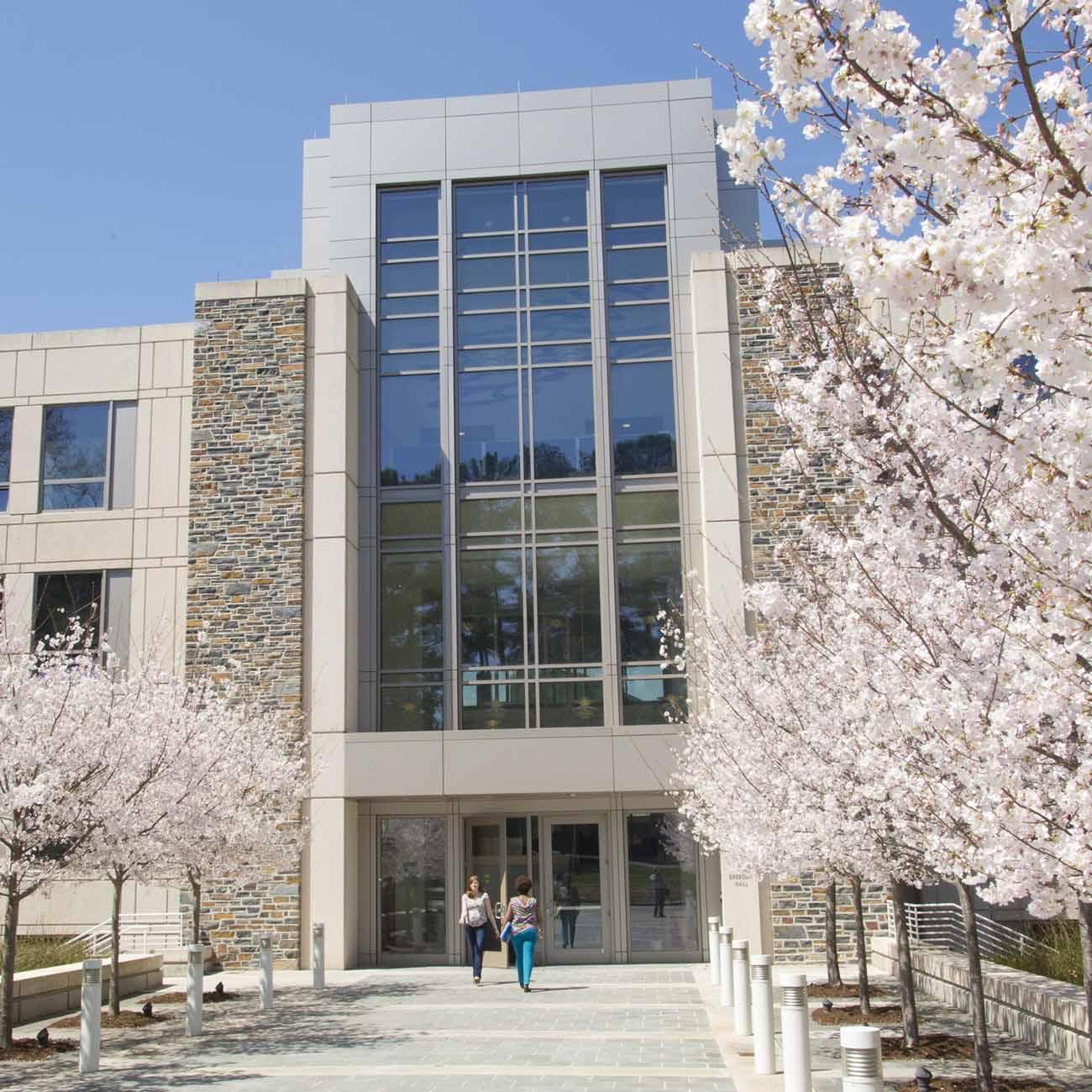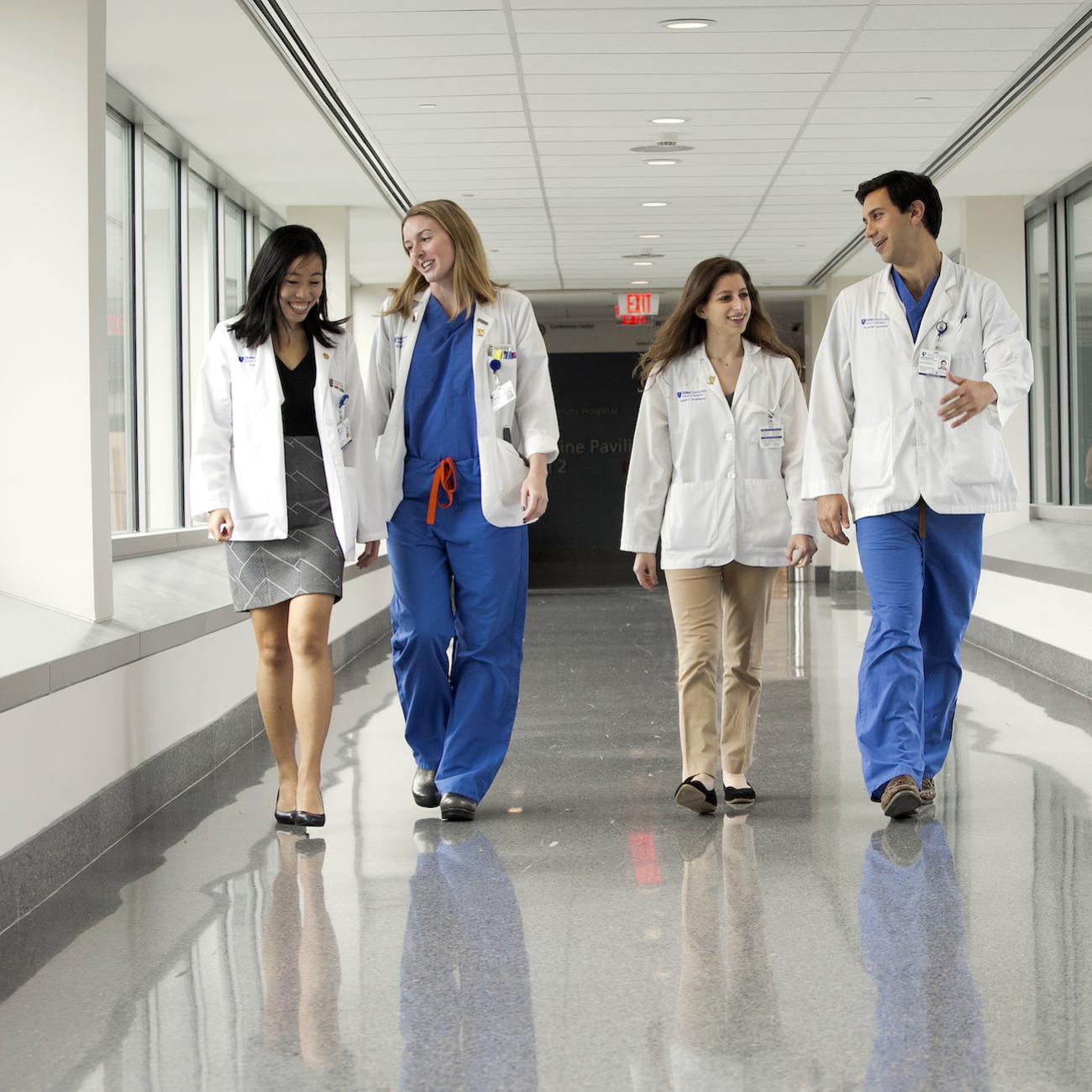Amy Herring Wants to See your Data
Duke’s statistical science rock star has made her reputation — and had a ton of fun — by creating innovative analyses of diverse datasets. Now, her dual missions are to recruit talented undergraduates into statistical and data science and to collaborate on important environmental and global health projects across Duke.
What do toxicology, a Tanzanian imam, women’s tennis, virgin births and your cat have in common? Admittedly, not much, except that biostatistician Amy Herring has worked on projects involving all of them.
Herring, the Sara and Charles Ayres Professor of Statistical Science & Global Health, has a hard time saying no to statistical analysis projects that seem like fun. She enjoys her work so much, if she hears that you are working on an interesting project, she might ask to take a look at your data when you’re done with it.
FUN FACT #1
Herring and colleagues published an article in the British Medical Journal about virgin births. A nationally representative survey indicated that 0.5% of adolescent respondents reported pregnancies without the occurrence of intercourse. Herring’s group found that reports of virgin births were more common among girls who signed chastity pledges or who had parents who did not feel comfortable talking to their daughters about sex.
Herring came to Duke in 2017 from UNC-Chapel Hill, where she worked at the Gillings School of Public Health. One big draw to Durham was partner collaboration: Herring is a leader in Duke Forge, the university’s center for actionable health data science; Duke’s Global Health Institute (DGHI), where she holds a joint appointment, houses a number of outstanding scientists working to improve the quality of life worldwide; quite a bit of environmental research at the Nicholas School of the Environment ties closely with her National Institutes of Health grant work; and there are myriad opportunities to work across schools and disciplines. But another draw was more of a personal mission: the chance to not only to teach undergraduates, but to interest them in data work early in their college careers.
At UNC Gillings, Herring worked almost exclusively with graduate students. As director of undergraduate studies for statistical science at Duke, she works with undergrads every day and attempts to create more curricular opportunities for them to engage in real-world statistical analysis and to see how it touches a broad array of fields.
“While about half of our majors come to Duke wanting to pursue a quantitative science, there are a lot of bright students who would be really interested in pursuing statistics and data science careers if only they knew a little bit more about it,” Herring says. “They’ll come to Duke and maybe they’ll be interested in political science. Then they get interested in how to predict election outcomes. So we get them once they are trying to answer scientific questions and realize they don’t have the right toolkit.”
Once Herring has students’ attention, she helps them understand how important data analysis will be to their future career, no matter what that career is. One way of doing that is showing them how to visualize their own data analyses and to communicate findings to a wide variety of audiences, skills that help students present what they find in a compelling way to others who may not be as data savvy. This is especially important because statistics education is now emphasizing holistic analysis that considers many data streams to prepare students for applications they are likely to encounter in their fields.
FUN FACT #2
In a DGHI study of etiologic causes of fever deaths in Tanzania, researchers sought authorizations for autopsies from the families of patients who died in the hospital. Formative social science and community engagement included efforts to understand the attitudes toward and the acceptability of autopsy in the local cultures, including Muslim cultures. A local imam assured families that delaying the funeral for an autopsy to benefit science was a worthwhile. A striking finding from the social science research was the common perception that establishing a biomedical cause of death by autopsy would rule out witchcraft and the chance that a victim’s family would be perceived to suffer from an ongoing curse. The study, which continues through 2021, was inspired by earlier findings that 60 percent of febrile hospital admissions were diagnosed as malaria, but less than 2 percent of those patients actually had malaria. Ph.D. student and Global Health Doctoral Scholar Kelly Moran was hosted by Matt Rubach, Co-Director of the Kilimanjaro Christian Medical Centre-Duke University Health Research Collaboration, on site and has been working with Herring and Liz Turner in Biostatistics to develop innovative statistical methods motivated by the complexities of the study.
“Instead of studying things one at a time in isolation, there is a push within statistics to help people see a full picture and see how multiple things interact,” she says. “In the real world outside of an equation, we usually don’t have the luxury of manipulating only one factor in isolation. If we intervene and change just one thing, then that’s going to have impacts on other variables down the road. Just like if you raise the interest rate, there are going to be lots of things that occur within the economy related to that. Some things will occur regardless that are unrelated to that, and it’s important to understand how a fairly large number of varied factors interact. We’re trying to help students think about things in that multivariate way."
A focus on public health
Herring is best known for longitudinal studies that follow populations over long periods of time, and for analyzing correlated data. For example, she has studied how biomedical, lifestyle and other characteristics of pregnant women affect pregnancy outcomes like birth weight, the length of gestation, and the risk of birth defects. One recent focus has been the “mixtures problem.” Humans are exposed to many chemicals on a daily basis — in plastics, flame retardants, paint, pesticides and many more products. A major focus of the NIH is to improve statistical methods for determining which chemicals may be harmful, and which may be safe for use. Because humans are exposed to so many chemicals, it becomes quite challenging to identify a few “bad actors” in a sea of exposures. Herring’s approach is to break the problem into small pieces, often designing new statistical methods to comb through data. She looks for evidence that chemicals cause certain health problems, both in observational studies of humans and based on laboratory experiments in vitro, and then she applies those findings to the bigger picture.
“We’re looking at methods to sort out not just if higher exposures to lots of things are bad, though that is important. Another question is are there particularly bad actors in the things you encounter?” Herring says. “If we do see something that looks bad in one population, how much does that tell us about a different population? When we deal with human data, for many common chemicals, everybody’s exposed. It’s not like a controlled experiment where you have cells or tissues in a control group that don’t have any exposure at all. Many suspect chemicals are used in plastics, fragrances – things I certainly use every day – it’s really hard to find somebody who has no exposures.”
FUN FACT #3
One of Herring’s students in the capstone course for undergraduate majors analyzed data on women’s professional tennis players who took maternity leave, focusing on whether the women regained their former rankings and discussing the need for paid maternity leave for these athletes, given that prize money is critical for many players to stay on the tour. “It’s important to encourage the creativity and initiative of our undergraduates while helping them build the skills that will enable them to investigate important societal and scientific questions,” Herring says.
For Herring, coming to Duke means easy access to collaborators such as Heather Stapleton, the Dan and Bunny Gable Associate Professor of Environmental Ethics and Sustainable Environmental Management in the Nicholas School of the Environment. Stapleton is renowned for her work on mixtures and exposures. The two are collaborating on a study that will help sort out types of exposures by studying what chemicals humans pick up versus those found on their indoor cats. Studies like this one are prime examples of Herring’s method of segmenting a study in order to better apply the results broadly. “I wish I could take credit for the idea of using house cats as proxies for home exposure, but that was all Heather’s team!” Herring says. “I’m eager to analyze the paired data between cats and their humans and estimate the fraction of human exposure that comes from the home.” Stapleton and Herring have a larger human study on exposures to chemical mixtures currently under review.
Herring is drawn to public health research because of the clear research needs, wide variety of actionable challenges, and the chance that a finding can improve lives and make the world a better place. These interests dovetail nicely with the goals of Duke Forge, which is working to optimize data from Duke Health so that it can be used more broadly to improve patient outcomes. “I’m delighted to direct the Duke Forge training programs for doctoral and postdoctoral scholars,” Herring says. “These researchers are embarking on a variety of really exciting projects that will impact patient lives in the near term. For example, postdoc Sam Berchuck is working in the lab of Felipe Medeiros, Joseph A.C. Wadsworth Professor of Ophthalmology. They’ve been developing advanced algorithms to improve glaucoma screening methods that can be applied not only at Duke but also inexpensively in low-resource settings. Our other scholars are doing equally exciting and pragmatic work that combines advances in statistical and data science with measurable improvements in health and health care delivery.”
The wealth of data at Duke keeps Herring happy, but the people are just as important. The faculty members in her department are very close, lunching together several times a week to talk about projects and methods. Herring loves the ideas that the undergraduates bring and her top-notch graduate students. It’s a major point of satisfaction for her that teaching and research gracefully coexist.
“They’re just really fluid boundaries,” she says. “Another thing that’s really nice about Duke is that there is this real appreciation for research and for quality teaching, and the boundaries between those areas are really fluid – or even nonexistent at times.”












